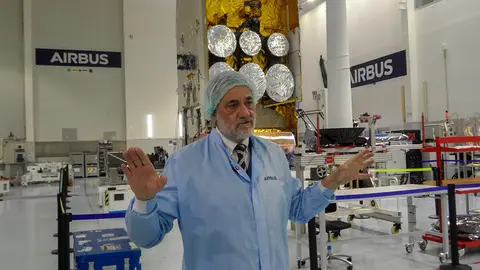The 2025 Aerospace Security Strategy and Spainsat NG-I enter into force simultaneously

A first reading before analysing the new Aerospace Security Strategy identifies a number of new features compared to its predecessor of May 2019.
- Parallels with the Maritime Security Strategy
- Spainsat NG-I enters service awaiting its sister NG-II
The publication in the Official State Gazette (BOE) in early August of the new National Aerospace Security Strategy (ESAN) coincided, no doubt coincidentally, with the entry into service of the new secure communications satellite Spainsat NG-I, which a senior Spanish space industry executive has described as ‘a milestone of the first order, with no comparable examples in Spain and few similar ones in Europe’.
It is the result of a review process carried out by the National Aerospace Security Council, which assists the head of government in directing aerospace security policy, in response to the significant changes that have taken place and are underway in the global geostrategic context and at the national level.
Six years ago, neither the Spanish Space Agency, created in April 2023, nor the now called Air and Space Force, which changed its official name in June 2022 and established the Space Command within it, which assumes responsibilities in outer space, existed. And in the international arena, outer space has become an environment of government and commercial dispute and confrontation, with more and more nations vying for access to low Earth orbit.
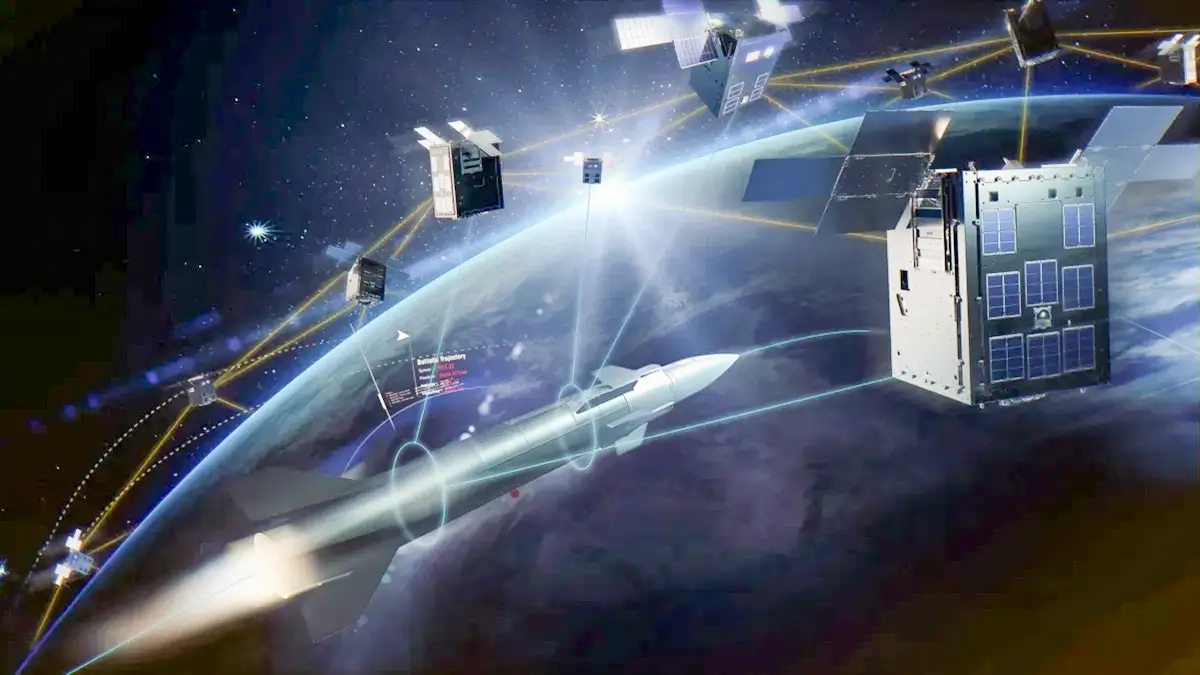
The new ESAN 2025 delves deeper into space dominance and warns of the ‘intensification of threats to services essential to national security’, while emphasising that, within the security and defence scenario, the Armed Forces must play an ‘essential role in the protection and control of space’, under the ‘leadership’ of the Air and Space Force.
The Strategy considers it ‘advisable’ that air and space security should be a ‘single’ domain, as stated in the 2019 version. Although the Spanish Armed Forces recognise that outer space is a ‘distinct domain’ from airspace, the ESAN justifies combining both in the same strategic package for reasons of ‘effectiveness in addressing threats, mitigating common and interdependent risks’ and for ‘better coordination and management of resources’.
In the face of threats that could compromise the integrity, functionality and sustainability of the air and space domains, the 2025 Aerospace Security Strategy defines itself as "the instrument that brings together the set of coordinated measures, policies and actions aimed at mitigating the effects of these threats, ensuring freedom of action in air and outer space activities, and protect the systems and capabilities operating in both domains".
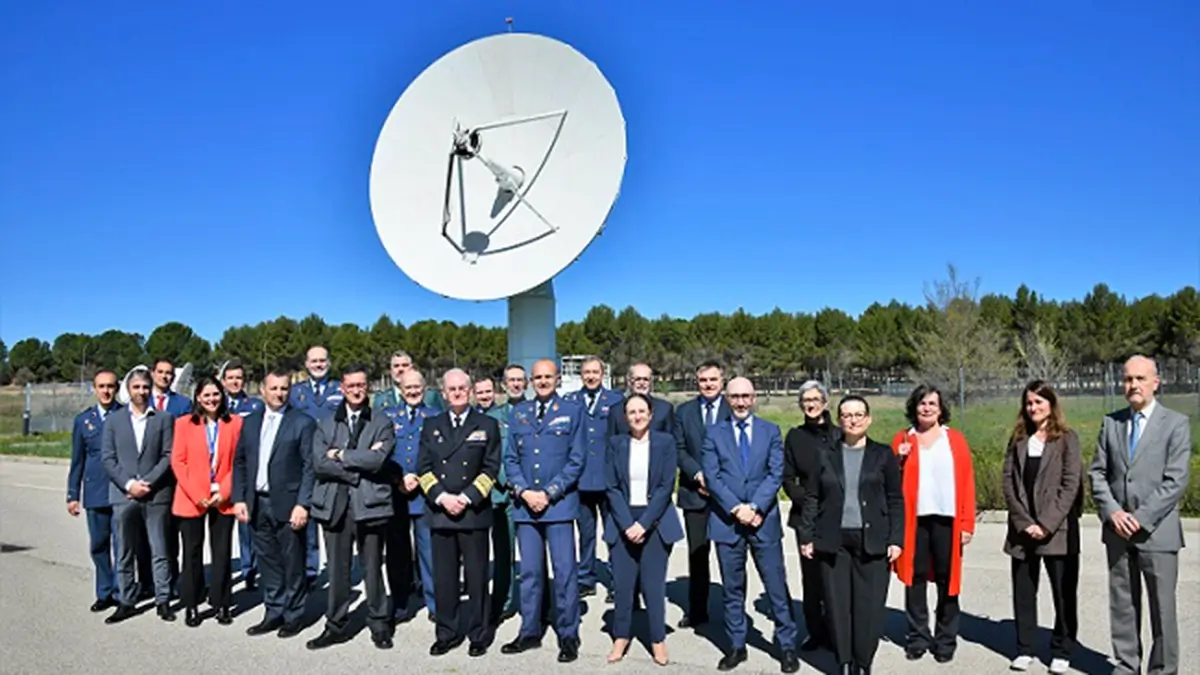
Parallels with the Maritime Security Strategy
The document emphasises that the Spanish Space Agency (AEE), as it is attached to the Ministry of Science, Innovation and Universities and also to the Ministry of Defence, will contribute to ‘organising competences and establishing a national policy to regulate the activities of the public space sector and serve as a guide for the private sector’, which seems to suggest that, at this stage of the 21st century, this is still a work in progress.
In this regard, the new Strategy confirms that the AEE is responsible for drafting the preliminary draft of what will be Spain's first Space Activities Law, which is already ‘in the process of being drawn up’ and which must define the ‘security requirements’ necessary to regulate public and private space activities, as well as to ‘defend its own interests in the context of international cooperation’.
The ESAN also announces that the AEE is currently drafting the National Space Strategy, whose security and defence objectives ‘will be coordinated with the other competent national, European and NATO bodies’. It confirms that a new Royal Decree is being processed to update another from 1995, which establishes the Spanish Register of Objects Launched into Outer Space, managed by the Ministry of Foreign Affairs, although the registration office is located in the Ministry of Industry.

The 2025 Aerospace Strategy is similar in structure and content to the Maritime Security Strategy of March 2024. This is not surprising, as the president of the Aerospace Security Council and also of the Maritime Security Council – responsible for drafting both strategies – is the Chief of Defence Staff (JEMAD), in both cases Admiral Teodoro López Calderón, who has been in office since January 2021.
One of the similarities that immediately stands out is that of the strategic objectives, which in the Maritime Security Strategy are, first, ‘to protect Spain at sea and from the sea’; second, ‘to improve maritime capabilities’; and third, ‘to contribute to a safer ocean’. Its aerospace equivalent differs in the obvious way: number 1 is ‘to protect Spain in and from the air and space’; number 2 focuses on ‘improving air and space security and defence capabilities’; and number 3 seeks to ‘contribute to a safe and sustainable air and space’.
However, there is one striking difference. While the 2024 Maritime Strategy is officially called the National Maritime Security Strategy, this is not the case with its air and space counterpart, which has been named the National Aerospace Security Strategy, with the word ‘National’ appearing at the end of its name. Sources consulted say that there are legal advisers with different points of view, but it seems reasonable that at this stage there should already be a clear criterion on this matter.
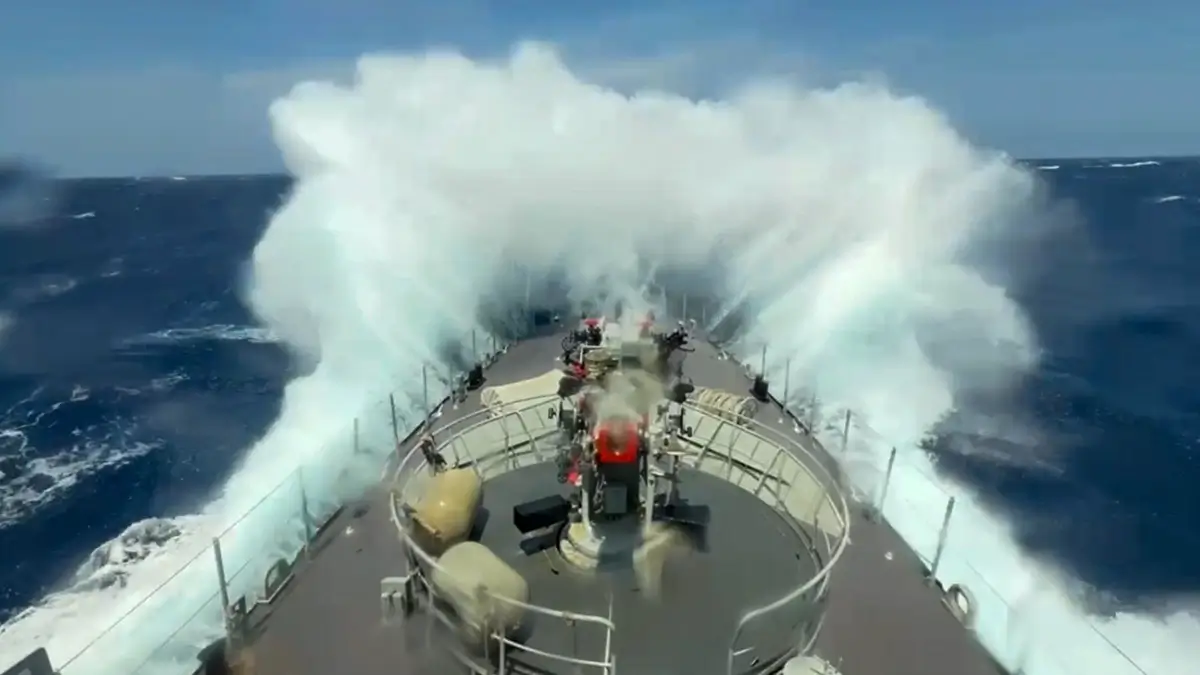
Spainsat NG-I enters service awaiting its sister NG-II
Although ESAN 2025 was published in the Official State Gazette on 5 August, despite having been approved by the National Security Council at its meeting on 14 July, the Spanish secure communications satellite Spainsat NG-I has been in the possession of Hisdesat since Friday, 8 August.
On that date, technicians at the company's Satellite Control and Operations Centre in Hoyo de Manzanares (Madrid) took full control of the spacecraft from the Airbus Space Systems Control Centre in Toulouse (France), responsible for propelling the craft from just over 400 kilometres ‒where it was placed in orbit at the end of January by a Falcon 9 rocket‒ to 36,000 kilometres at its final geostationary position at 32.9º East.
Once in its final position, the Spanish technicians have sequentially and swiftly transferred all the communications services that had been provided since 2005 by Hisdesat's veteran Xtar-EUR satellite to Spainsat NG-I. The company has confirmed that the Xtar-EUR satellite ‘has now been switched off’ and on its way to the graveyard orbit, several hundred kilometres above the geostationary orbit 36,000 kilometres above Earth.
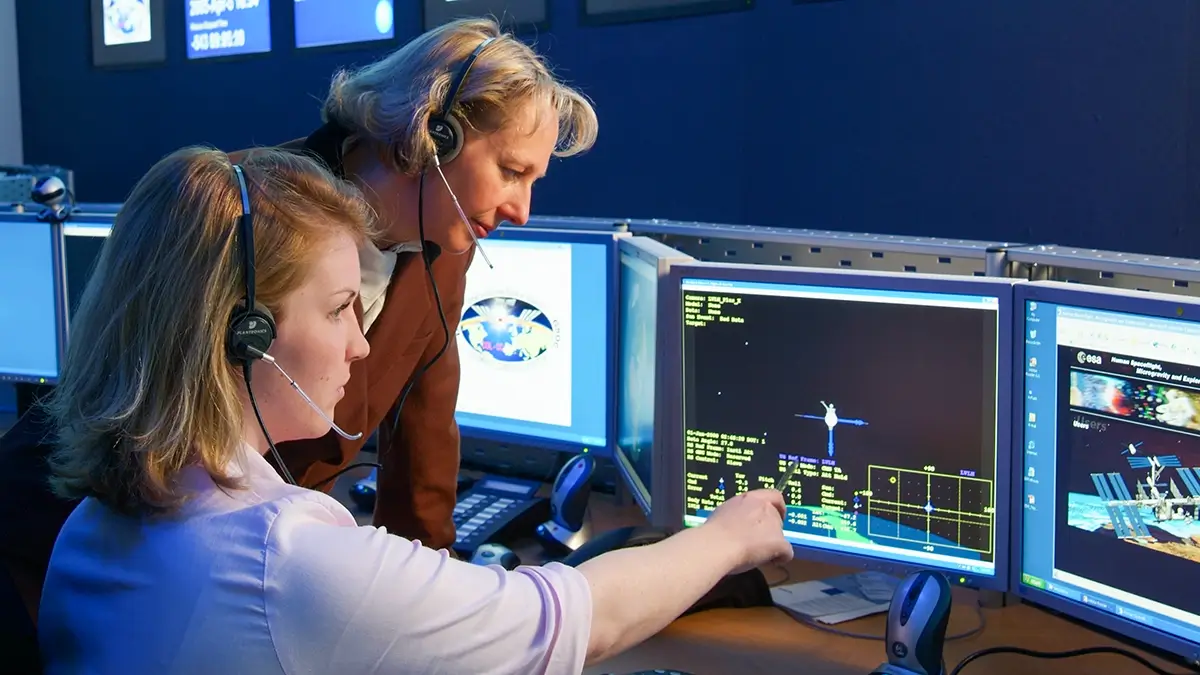
The first and largest customer to have its needs covered by the NG-I was the Spanish Ministry of Defence, which in a statement on 12 August was quick to confirm that the process of transferring ‘all communications carriers’ from the Xtar-EUR ‘to the new and advanced Spainsat NG-I’, which expands transmission capabilities in the X, Ka and UHF bands and also features geolocation and interference protection systems.
All secure communications covered by Hisdesat for the US State and Defence Departments and the US Navy, as well as for the Portuguese Ministry of Defence and others, have also been transferred from one satellite to the other. New customers awaiting the entry into service of the NG-I, including the Atlantic Alliance, ‘have begun to receive their services this week,’ the company confirmed.
The NG-I will begin in September to provide coverage to the European Commission and NATO countries that have requested the secure communications services of the new Spanish satellite. Meanwhile, preparations are being finalised in Toulouse for the transfer of Spainsat NG-II to the United States. Its launch into space is scheduled for October 2025 and, once operational, both satellites will cover the United States and South America, the Middle East, Africa, Europe and Singapore, covering two-thirds of the planet.



